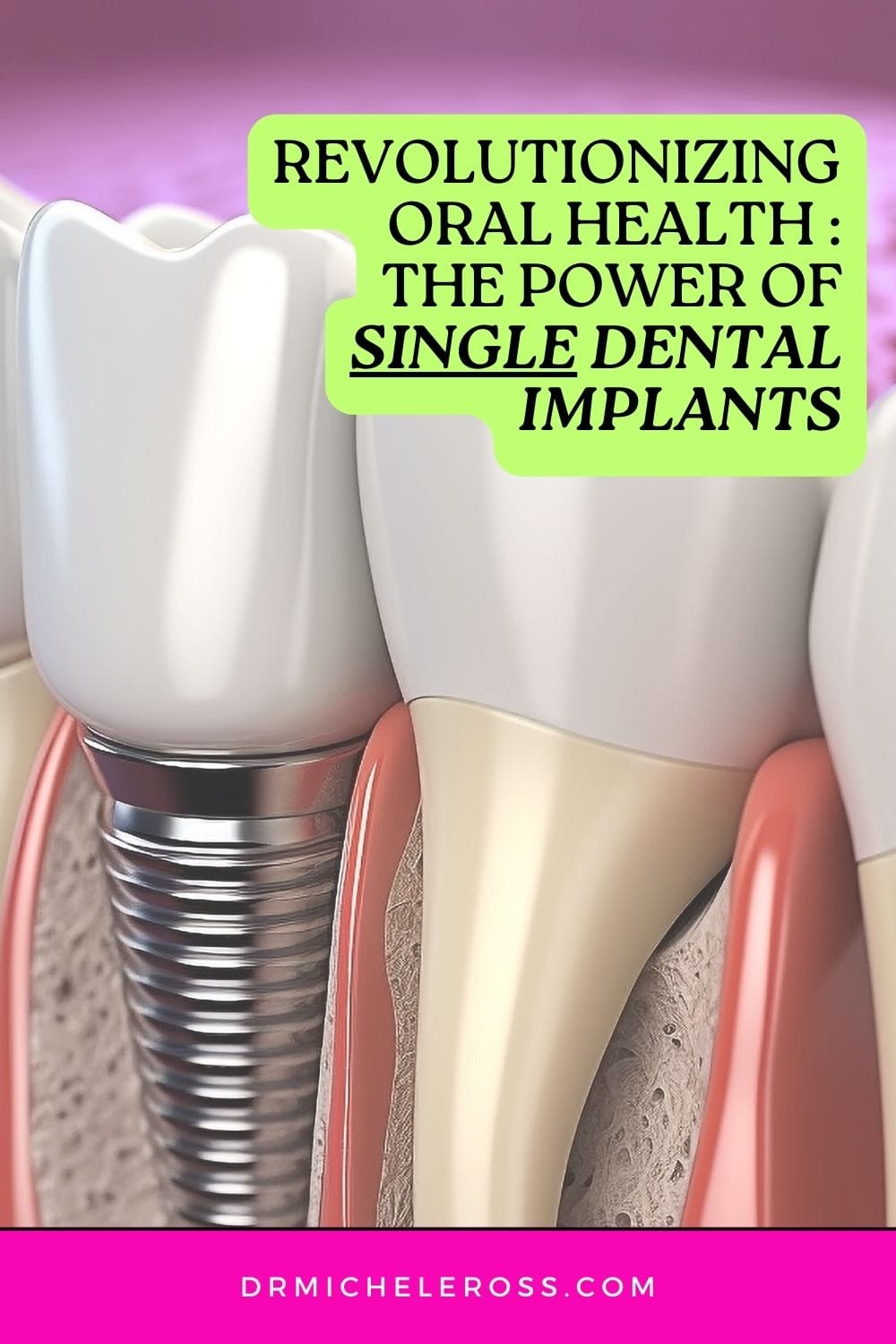
The realm of dentistry is transforming, mainly through the advent of single dental implants. These implants have gained traction due to their impressive durability and superior aesthetics. Unlike traditional methods, dental implants are emerging as a revolutionary solution that enhances the functionality and appearance of one’s smile.
Key Takeaways:
- Single dental implants are a leading solution for missing teeth.
- Understand the process, benefits, and considerations of getting dental implants.
- Learn about advancements and success rates in implant dentistry.
The Need for Single Dental Implants
Tooth loss is a prevalent issue that plagues many, resulting from factors ranging from unexpected accidents to persistent conditions like gum disease. Traditional tooth replacement options, while beneficial, can sometimes fall short of offering the comfort and permanence that patients desire. Single dental implants bridge this gap, offering a lifelike alternative that can transform oral health. This innovative solution is a root replacement and naturally integrates into the jawbone, providing unparalleled stability and comfort.
Benefits of Single Dental Implants
One of the standout benefits of single dental implants is their capacity to mimic natural teeth in function and appearance. Constructed with biocompatible materials like titanium, these implants seamlessly coexist with the body’s biological systems. This ensures durability and significantly reduces the likelihood of rejection by the body.
In communities such as dental implants in Newton MA, individuals are experiencing improvements in their daily lives and long-term oral health care. Beyond aesthetics, dental implants serve a vital function in maintaining oral structure; they aid in mitigating bone resorption, a common occurrence after tooth loss, thereby preserving the facial appearance.
How the Dental Implant Process Works
1. Initial Consultation
The first step to obtaining a dental implant is an initial consultation with a dental professional. During this stage, an in-depth assessment of the patient’s oral health, bone structure, and overall medical history is carried out. This evaluation is crucial for determining whether the patient is suitable for the procedure and setting personalized treatment goals.
2. Implant Placement
The subsequent stage involves surgically placing the implant directly into the jawbone under local anesthesia. This precise procedure requires a skilled dental surgeon to ensure optimal placement, crucial for the implant’s stability and subsequent integration with the bone.
3. Osseointegration
Following the placement of the implant, a natural healing process known as osseointegration takes place. At this point, the jawbone bonds with the implant, forming a strong base for the artificial tooth. This period is crucial as it determines the ultimate success and stability of the implant.
4. Abutment and Crown Placement
Once osseointegration is successful, an abutment is attached, followed by a custom-manufactured crown. The crown is carefully crafted to match the surrounding teeth’ shape, size, and color, resulting in a cohesive and natural-looking smile.
According to the American Dental Association, dental implants boast a striking success rate, underscoring their reliability as a tooth replacement solution. This statistic underscores their growing popularity among those seeking an aesthetic and functional resolution to tooth loss.
Factors to Consider Before Getting an Implant
Several factors should be carefully considered before deciding to undergo the implant process. The general health and thickness of the jawbone are vital, as they can greatly influence the success of the procedure. Costs are also a factor, as implants, although a long-term investment, may involve a considerable initial expense.
Additionally, understanding potential risks—though rare—like infection or procedural complications is important. Prospective patients are encouraged to engage in an in-depth discussion with a dental professional to address their concerns and expectations.
Innovations in Implant Dentistry
The field of dental implants continually evolves, thanks to technological advancements that enhance the procedure’s effectiveness and accessibility. Digital imaging facilitates precise implant placement, ensuring optimal success rates.
Furthermore, the advent of robot-assisted surgeries and improved biomaterials drastically reduces recovery time and increases comfort. For a deeper dive into these technological advancements, visit this leading dental technology journal.
Frequently Asked Questions
How long do dental implants last?
With adequate oral hygiene, dental implants can endure for a lifetime, rendering them a long-lasting option.
Are implants safe for everyone?
Generally safe, implants may require tailored approaches for individuals with specific health conditions. It is important to seek personalized advice from a dental practitioner to assess suitability.
What is the recovery time like post-surgery?
Recovery varies individually, but many resume regular activities within days. Complete healing may take a few months, with the osseointegration process playing a key role.
Conclusion
In summary, single dental implants significantly advance oral health by providing an effective, natural-looking solution for tooth loss. Engaging with dental professionals allows people to begin a path toward greater self-esteem and better oral health. By highlighting the significance of maintaining regular oral hygiene and scheduling consistent dental examinations, patients can secure the durability and effectiveness of their dental implants, fundamentally transforming their approach to oral health.
Pin This Post





